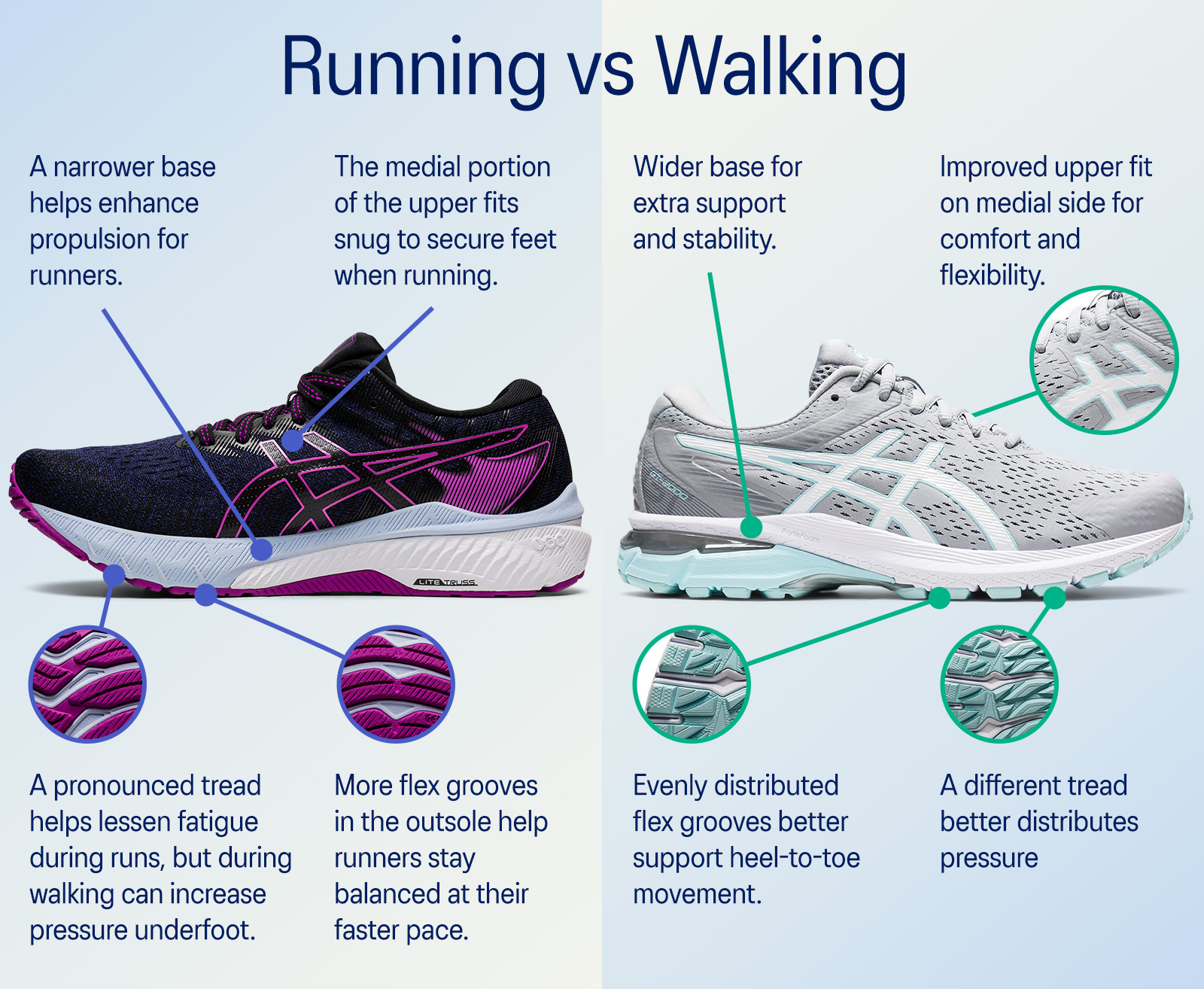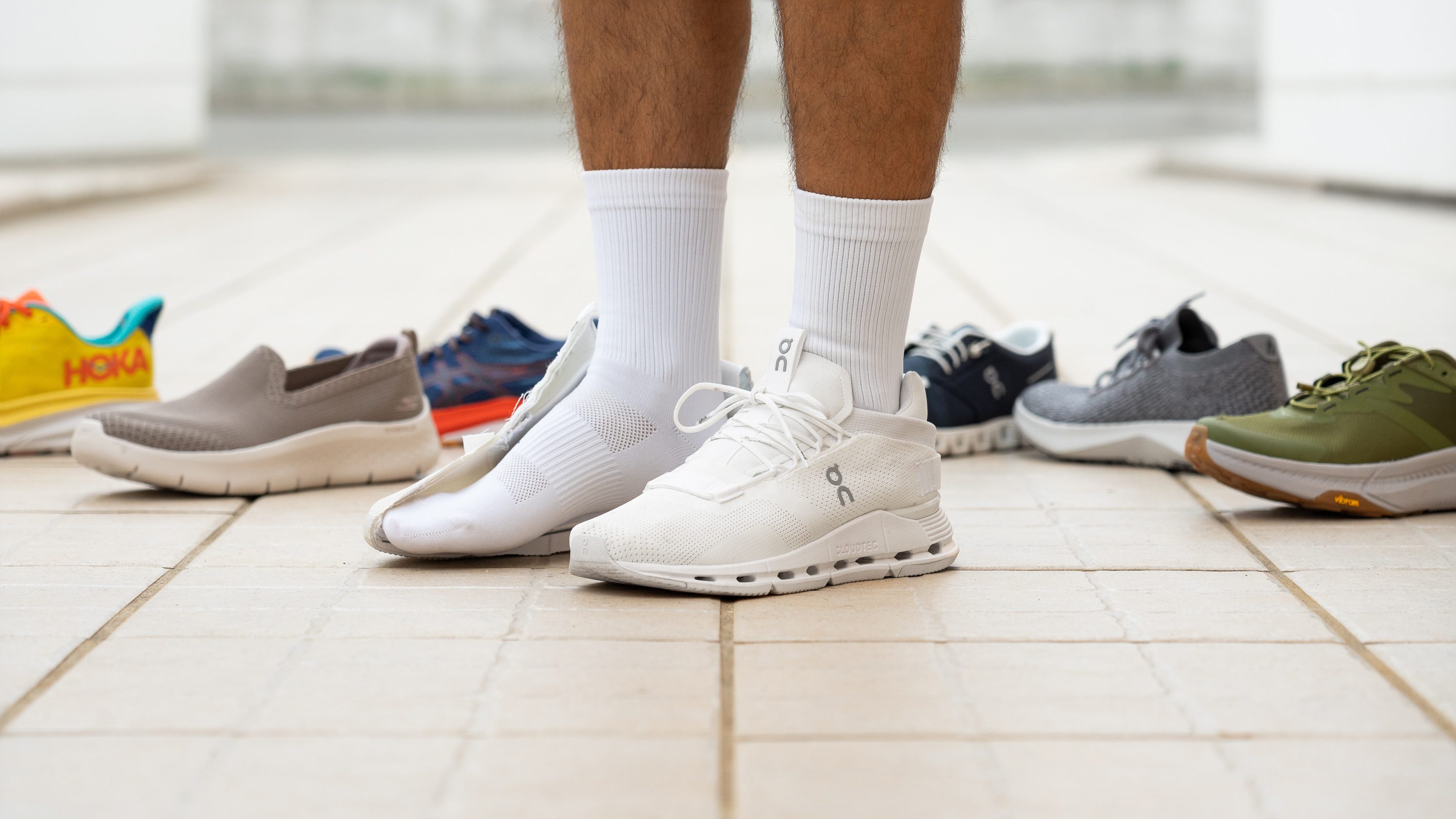Top Running Walking Shoes for Ultimate Comfort and Style
In the realm of footwear, the distinction between running and walking shoes often blurs, yet their design philosophies cater to fundamentally different biomechanical needs. The perfect pair isn’t just about aesthetics; it’s a scientific instrument for your feet, engineered to enhance performance, prevent injury, and provide unparalleled comfort. We navigate this landscape not as a passive observer but as an active participant, having tested and analyzed countless models against the rigorous standards of biomechanics, material science, and real-world user experience. The journey to finding your ideal companion for the pavement or trail begins with a clear-eyed understanding of what sets these shoes apart and how their unique architectures serve your body’s motion.
The Fundamental Biomechanical Divide: Running vs. Walking
To appreciate the engineering marvel of specialized footwear, one must first grasp the biomechanical chasm between running and walking. When you walk, your body maintains at least one foot in contact with the ground at all times, creating a double-support phase. The gait cycle is a rolling heel-to-toe motion, and the force exerted on your joints is typically 1.5 times your body weight. Running, by contrast, is a series of controlled leaps. There is a flight phase where both feet are airborne, and upon landing, the impact force can skyrocket to three to four times your body weight, absorbed primarily by the forefoot or midfoot depending on your strike pattern. This disparity in impact is the cornerstone of shoe design. A running shoe is, therefore, a high-impact shock absorber. It requires immense cushioning in the midsole, often using advanced foams like Adidas’s Boost or Nike’s ZoomX, which are engineered to dissipate vertical shock waves before they travel up the skeleton. The heel of a running shoe is typically more sculpted and beveled to facilitate the rapid heel-to-toe transition of a running gait. A walking shoe, designed for lower, repetitive impacts, prioritizes stability and a smooth roll. Its focus is on a flexible sole that bends easily at the ball of the foot and a heel that is more robust and less angled to support the distinct heel-strike of a walker. Ignoring this divide is a common pitfall; using a flexible walking shoe for running can lead to inadequate shock absorption, while a heavily cushioned running shoe for walking may feel overly stiff and impede the natural walking gait.

Decoding Midsole Technology: The Engine of Comfort
The heart of any modern athletic shoe is its midsole, and here, the evolution has been nothing short of revolutionary. The days of simple, compacted EVA foam are long gone, replaced by a new generation of super-materials that offer a blend of resilience, energy return, and lightweight performance. Let’s dissect the key players. TPU (Thermoplastic Polyurethane) foams, exemplified by Adidas Boost, are characterized by their distinctive pellet-based structure. This design provides exceptional energy return; it doesn’t just cushion your step but actively pushes back, propelling you forward. As one materials scientist from the University of Colorado Boulder’s Biomechanics Lab noted, “The hysteresis loss in high-quality TPU foams is remarkably low, meaning more of the energy from footstrike is stored and returned, rather than dissipated as heat.” Then there’s PEBAX (Polyether Block Amide), the star in Nike’s ZoomX and other premium racing shoes. PEBAX is incredibly light and has an even higher energy return than TPU, but it often comes at a higher cost and may be less durable. For the everyday runner or walker, EVA (Ethylene-Vinyl Acetate) and its supercritical foamed variants remain the workhorses. Brands like ASICS with their FLYTEFOAM and Saucony with PWRRUN+ have refined EVA to be lighter and more responsive than its traditional counterpart. The choice isn’t about which is universally “best,” but which is best for you. A long-distance runner seeking a competitive edge might gravitate towards the propulsive feel of PEBAX, while a daily walker covering miles on hard city concrete might find the consistent, durable cushioning of a modern EVA compound to be the perfect balance of comfort and longevity. When selecting your next pair of running walking shoes, press your thumb into the midsole. A quality foam will feel dense yet yielding, and it should rebound quickly, a simple test of its potential for long-term comfort.
Upper Construction and Fit: Where Style Meets Function
While the midsole handles the brutal physics of impact, the upper is tasked with the nuanced art of containment and comfort. The modern athletic shoe upper is a feat of engineering, often utilizing seamless, knitted textiles like Nike’s Flyknit or Adidas’s Primeknit. These materials provide a dynamic, sock-like fit that moves with your foot, reducing the potential for hot spots and blisters caused by traditional stitched seams. However, the ideal upper varies significantly between running and walking. A running shoe upper is typically more minimal and breathable, prioritizing weight reduction and ventilation over the course of a high-exertion activity. It often features strategic reinforcements to lock down the midfoot, preventing excessive internal movement that can lead to instability. A walking shoe upper, conversely, often employs more structured materials. It may include additional padding around the collar and tongue for comfort during longer, less intense outings, and it frequently features a more traditional lacing system to allow for micro-adjustments in fit, which is crucial given that feet can swell throughout the day. The renowned podiatrist, Dr. Ray McClanahan, emphasizes the importance of a “foot-shaped” toe box, a feature increasingly found in both categories. “Conventional footwear has a tapered toe box that forces the toes into a cramped position, contributing to a host of problems like bunions and hammertoes,” he states. The best running and walking shoes now often feature a wider forefoot, allowing your toes to splay naturally upon impact, which improves balance, stability, and power transfer. This convergence of ergonomic design and advanced materials means you no longer have to sacrifice a precise, comfortable fit for a sleek, stylish silhouette.

Selecting Your Perfect Pair: A Practical Guide
Armed with the knowledge of biomechanics and technology, the final step is the personal one: matching the shoe to your unique physiology and goals. This process is more nuanced than simply choosing your favorite color. First, analyze your gait. While professional gait analysis is ideal, a simple DIY method involves looking at the wear pattern on an old pair of shoes. Excessive wear on the inside edge (overpronation) suggests you might benefit from a stability or motion control shoe, which features denser foam on the medial side to guide the foot. Wear on the outside edge (underpronation or supination) indicates a need for a highly cushioned, neutral shoe to absorb impact. Next, consider the terrain. Road shoes have blown rubber outsoles designed for grip on pavement, while trail shoes feature aggressive, multi-directional lugs for muddy or loose surfaces and often include a rock plate to protect against sharp stones. Finally, and most critically, prioritize fit over everything else. The best shoe in the world is the one that fits your foot perfectly. Shop in the afternoon when your feet are at their largest, wear the socks you intend to exercise in, and ensure there’s a thumb’s width of space between your longest toe and the end of the shoe. The heel should be locked in without slippage, and the widest part of your foot should align comfortably with the widest part of the shoe. Don’t be seduced by a brand name or a trendy model; let your foot be the ultimate judge. A well-chosen pair of running walking shoes should feel good from the first step, requiring no “break-in” period—a myth that often leads to discomfort and injury.

The Synthesis of Performance and Aesthetic
We stand at a unique moment in footwear history where the pursuit of ultimate performance has serendipitously converged with the pinnacle of style. The technical requirements of a high-performance running shoe—streamlined profiles, dynamic uppers, and bold, color-coded midsole systems—have been adopted by fashion at large. The chunky, maximalist sole, born from a need for maximum cushioning, has become a dominant trend in streetwear. The sleek, engineered look of a carbon-fiber plated racer conveys a sense of speed and modernity that transcends the track. This is not a compromise but a synthesis. Brands are no longer creating separate “performance” and “lifestyle” lines; they are infusing their performance DNA directly into aesthetically driven designs. You can now find a shoe that utilizes the same energy-returning foam technology as a marathon winner’s footwear but is presented in a colorway and silhouette that looks as appropriate with jeans as it does with running tights. This democratization of high technology means that the benefits of scientific innovation—reduced fatigue, improved joint health, enhanced comfort—are accessible not just to the athlete during their workout, but to anyone throughout their entire day. The modern walking shoe, therefore, is no longer a clunky afterthought. It is a piece of functional art, a testament to the idea that what is good for your body can also be a powerful expression of your personal style.

The quest for the top running and walking shoes culminates in a conscious choice to invest in your body’s well-being without forgoing your aesthetic identity. It is an acknowledgment that every step matters, and the tool you choose for that step can either hinder or elevate your experience. By understanding the science, respecting the biomechanics, and embracing the fusion of form and function, you equip yourself not just with footwear, but with a foundation for a more active, comfortable, and stylish life. The path forward is clear, and it begins from the ground up.
